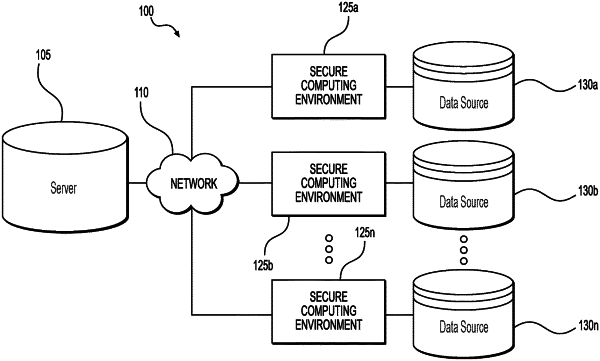| CPC G06F 16/2365 (2019.01) [G06F 16/26 (2019.01)] | 23 Claims |

|
1. A method for managing data associated with a point-in-time architecture (PTA) database, the method comprising:
receiving, using one or more computing device processors, first data from a first PTA database and second data from a second PTA database;
validating, using the one or more computing device processors, one or more parameters associated with the first data and the second data;
comparing, using the one or more computing device processors, the first data and the second data with one or more reference data;
predicting, using the one or more computing device processors, one or more events based on comparing the first data and the second data with the one or more reference data;
generating, using the one or more computing device processors, a data report indicating the first data and the second data leads to the predicted one or more events;
performing, using the one or more computing device processors, and based on the data report, surveillance of the first data and the second data during a surveillance period and using a surveillance protocol;
during the surveillance period, receiving, using the one or more computing device processors, an update to at least one of the first data, the second data, or the one or more reference data;
updating, using the one or more computing device processors, and based on the update to the at least one of the first data, the second data, or the one or more reference data, at least one of the predicted one or more events, thereby resulting in at least one of second predicted one or more events;
determining a change between the at least one of the predicted one or more events and the at least one of the second predicted one or more events; and
sending at least one alert indicating the change between the at least one of the predicted one or more events and the at least one of the second predicted one or more events.
|